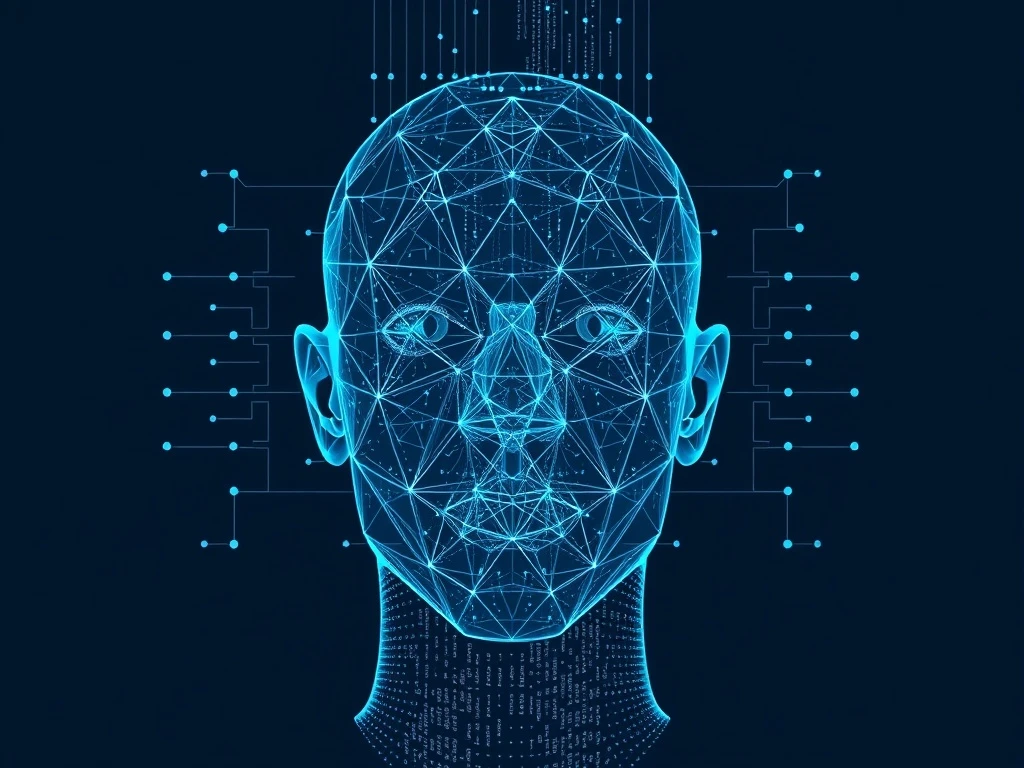Facial recognition technology represents a groundbreaking shift in how we protect digital identity and intellectual property. This advanced system transforms human features into mathematical signatures that safeguard creators in the digital realm.
How Facial Recognition Creates Digital Fingerprints
Modern facial recognition systems begin by analyzing facial features through sophisticated algorithms. The technology maps key landmarks including:
- Facial landmarks – 68 distinct points on the human face
- Geometric measurements – distances between features
- Texture analysis – skin patterns and contours
- Three-dimensional mapping – depth and spatial relationships
This process creates a unique digital signature for each individual.
The Mathematical Foundation of Facial Recognition
Facial recognition technology converts physical features into mathematical vectors. These vectors exist in high-dimensional space where similarity is measured through mathematical proximity. The system calculates distances between vectors to determine identity matches with remarkable accuracy.
Invariance: The Key to Reliable Recognition
Advanced facial recognition systems master invariance detection. They identify consistent features despite changes in lighting, angle, or expression. This capability ensures reliable identification across various conditions and over time.
Also Read: AI Investment Risks: Navigating the Perilous Tech Splurge
Training Modern Recognition Systems
Training facial recognition models requires massive datasets and sophisticated neural networks. The systems learn through:
- Deep learning algorithms that process millions of images
- Multi-layer processing that refines feature detection
- Continuous optimization that improves accuracy rates
Legal and Practical Applications
Facial recognition technology provides concrete evidence for legal protection. It offers:
- DMCA compliance through verifiable identity proof
- Content protection against unauthorized use
- Digital rights management for creators and performers
Future of Facial Recognition Technology
The technology continues evolving with improved accuracy and ethical considerations. Future developments focus on enhanced privacy protections and broader applications across industries.
Frequently Asked Questions
How accurate is modern facial recognition technology?
Current systems achieve over 99% accuracy under optimal conditions. Performance varies based on lighting, angle, and image quality.
Can facial recognition work with partial faces or obscured features?
Advanced systems can identify individuals even with partial visibility. However, accuracy decreases as available features diminish.
How does facial recognition handle aging and physical changes?
Modern systems account for natural aging through invariant feature detection. They focus on permanent structural characteristics rather than temporary changes.
What privacy protections exist for facial recognition data?
Reputable systems employ encryption, data minimization, and strict access controls. Many jurisdictions have specific regulations governing biometric data usage.
Can facial recognition be deceived or tricked?
While sophisticated attacks exist, modern systems incorporate anti-spoofing measures. These include liveness detection and pattern analysis to prevent deception.
How does facial recognition benefit content creators?
The technology provides automated content protection, detects unauthorized usage, and supports legal claims through verifiable identity verification.






